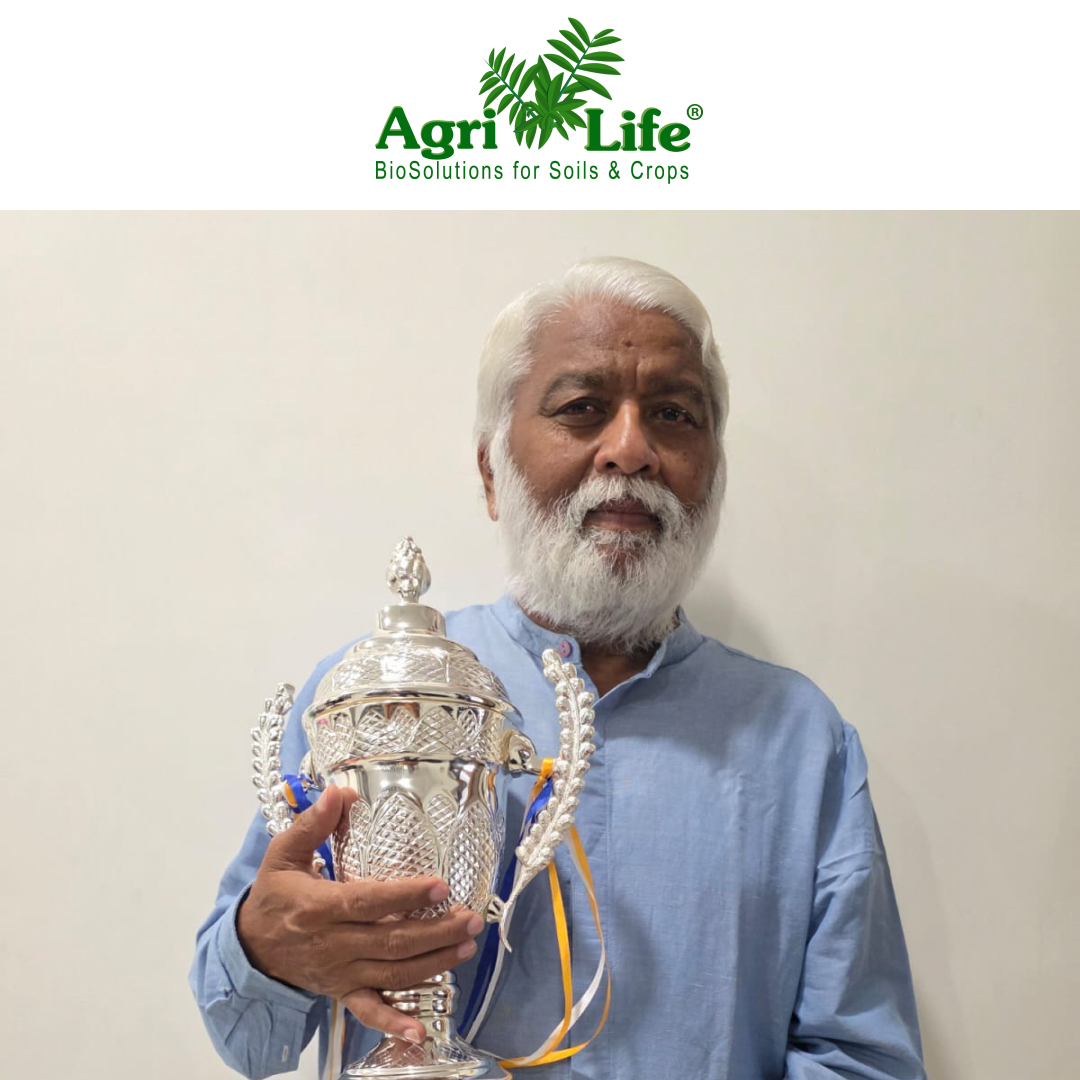
The profitability of cereal crops in Spain faces various threats, with weed presence being a significant challenge. Unwanted plants compete for essential resources, impacting crop productivity. This article explores key strategies, including weed control and biostimulation, to boost cereal production.
Winter Cereals and Their Main Weeds:
Winter cereals are particularly susceptible to direct competition from various weed species, both broadleaf and narrowleaf. Common weeds include:
- Capsella bursa-pastoris (Shepherd’s purse)
- Anthemis arvensis (Wild chamomile)
- Convulvulus spp. (Bindweed)
- Diplotaxis sp. (Jaramago)
- Rumex sp. (Sorrel)
- Veronica hederaefolia (Veronica)
- Bromus sp. (Bromine, hanging spikelet)
- Avena sterilis (Crazy oat)
- Alopecurus myosuroides (foxtail)
- Lolium perenne (Vallico)
The presence of these species is influenced by factors such as crop rotation, soil type, planting date, ecosystem, climate, and mechanical tillage.
Integrated Management and Combined Strategies for Weed Control in Cereals:
Integrated management emphasizes accurate weed diagnosis based on field history and early species identification. Strategies like crop rotation, fallowing, and altering planting dates optimize weed control effectiveness. The synergy between chemical control and other techniques is crucial. Selective herbicides, such as 2,4-D, MCPA, Metribuzin, Fluroxypyr, Fenoprop, Mecoprop, Dichlorprop, and Tribenuron, are widely used in cereals.
Biostimulants: The Perfect Ally:
Biostimulants play a crucial role in improving treatment efficacy and enhancing optimal plant development. These products alleviate vegetative stress, provide amino acids, microelements, and energy, enhancing grain production quality and quantity. Biostimulants rich in amino acids, especially those high in glutamic acid, stand out for their ability to synthesize essential amino acids and stimulate nitrogen metabolism, improving chlorophyll biosynthesis.
Future for Integrated Weed Management in Cereals:
Strategic post-emergence herbicide application, combined with sustainable cultural practices, is essential for weed control in cereal crops. Adhering to label directions, avoiding adverse conditions, and seeking guidance from technical advisors are key. Continuous innovation in products and techniques is essential for achieving sustainable management, reducing resistance, and maximizing crop profitability.
In the future, the search for environmentally friendly solutions will be crucial. The strategic combination of effective herbicides, biostimulants, and cultural practices will maximize results and ensure more effective weed control in cereal agriculture. This promotes sustainable, balanced, and productive farming practices, leading the way to more efficient and environmentally friendly grain farming.
Read the Full Article on –







Leave a Reply